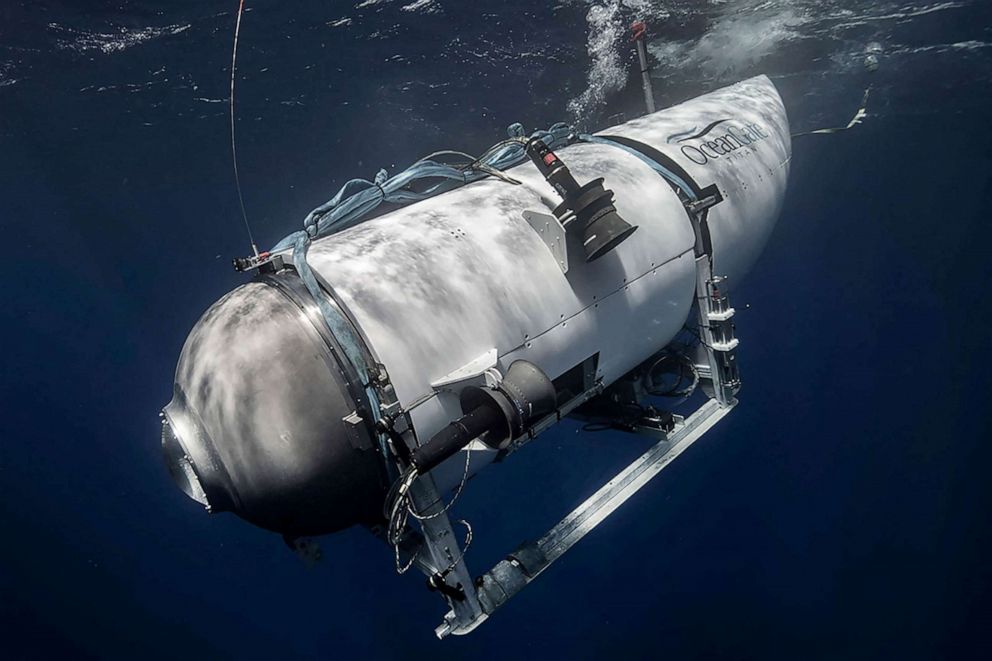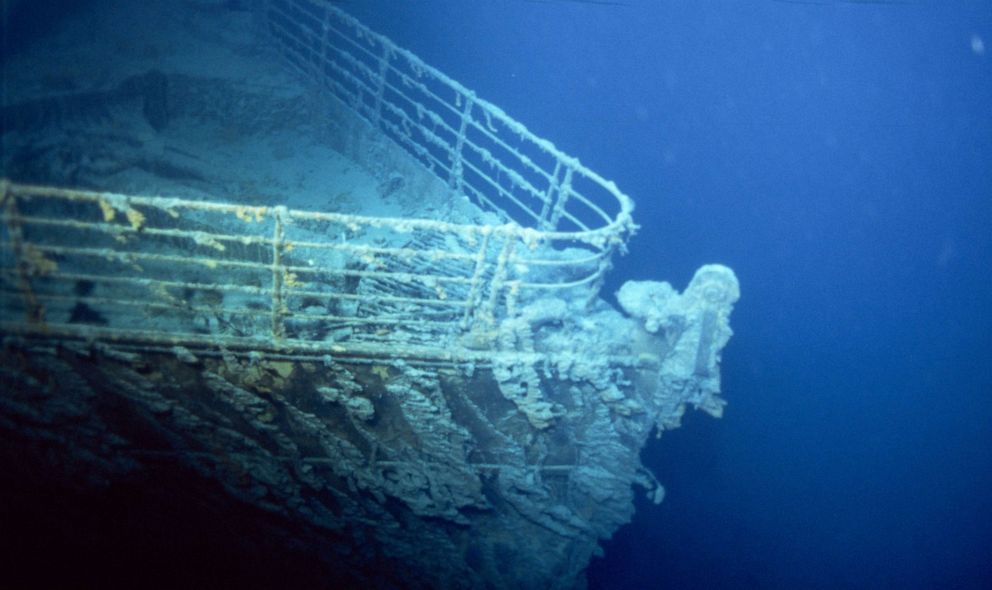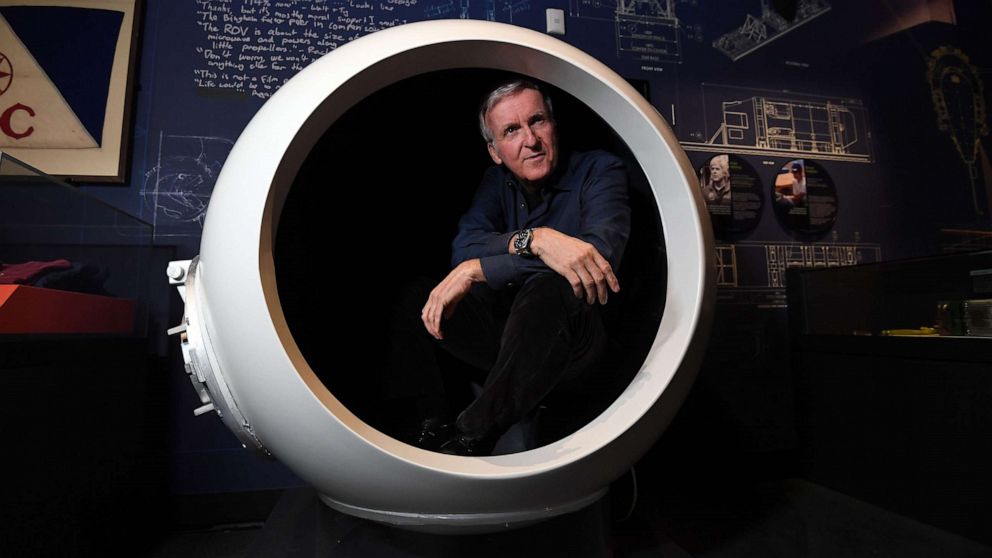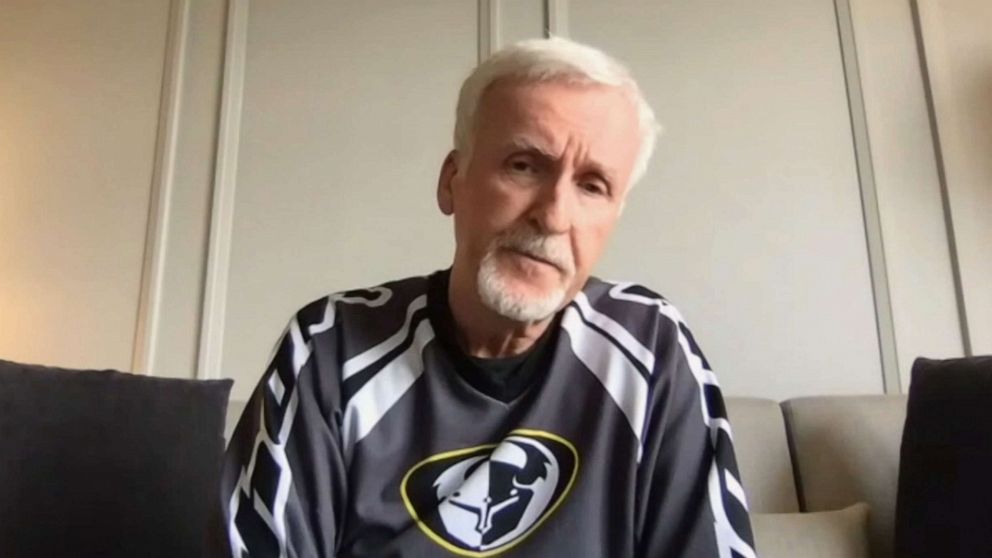The renowned Titanic researcher criticized the safety protocols of the Titan
Renowned Hollywood director and Titanic researcher James Cameron has compared the tragic loss of the submersible Titan to the very thing that may have led the Titanic to its own demise, overconfidence that led to disaster.
Cameron, who famously directed the Oscar-winning blockbuster “Titanic,” told ABC News on Thursday he noticed parallels between the 1912 sinking of the British passenger liner and the demise of the submersible designed specifically to visit what remains of the sunken ship.
“I’m struck by the similarity of the Titanic disaster itself, where the captain was repeatedly warned about ice ahead of his ship, and yet, he steamed up full speed into an ice field on a moonless night,” Cameron said. “And many people died as a result and for us very similar tragedy where warnings went unheeded to take place at the same exact site.”Cameron, who is a submersible designer himself and has designed vessels that can dive to depths three times deeper than where the Titanic rests, called the carbon fiber construction of the Titan as “fundamentally flawed.”
OceanGate CEO Stockton Rush, who was among the five passengers killed on the submersible, had previously defended the decision to manufacture the Titan with the material, saying he believed a sub made with carbon fiber would have a better strength-to-buoyancy ratio than titanium.

Cameron said he is especially surprised how the modern-day tragedy unfolded, given how much diving occurs all over the world with no incident.
The safety global standard for submersibles is the “gold standard,” especially given that no one has ever died in a submersible until now, Cameron said. While there were some accidents in the 1960s, there had been no major incidents since, and standards have improved drastically since then, he added.
The Russian submersibles that Cameron traveled on to see the Titanic were built with “very well understood design methodologies” and were operated by pilots with “flawless operating record,” Cameron said, adding that he always had “great confidence” in those vessels, despite the hostile environment surrounding the Titanic.
Other deep-diving environments, which may contain sea life and other organisms but are mostly open, do not present the same dangers as the shipwreck site of the Titanic, which presents ample opportunity for a submersible to become entangled, Cameron said.
Cameron described an eight to 10-story structure with overhanging metal — essentially a “twisted mess.”

However, since Cameron always dove with a two-sub system, in which another sub is underwater at tandem, he felt assured that if they did get stuck, there would be life support, communication and power.
“We always felt that we were pretty safe ground,” he said.
Chris Goldfinger, marine geologist at Oregon State University who has been on at least two dozen deep-sea dives in the Pacific Ocean, also compared the sinking of the Titanic to the implosion of the Titan, describing the latter to ABC News as an “underprepared vehicle.”
The Titan, operated by OceanGate, a privately held company that provides crewed submersible assets and expertise for commercial, research and military applications, did not have another submersible in the area or the amount of backup systems that other vessels utilize, Goldfinger said.
Members of the deep-diving community have been ringing alarm bells about the safety measures for the Titan for some time, Cameron said.
“This is a mature art, and many people in the community were very concerned about this sub,” he said. “And a number of the top players in the deep submergence engineering community even wrote letters to the company, saying that what they were doing was too experimental to carry passengers and that needed to be certified, and so on.”
In 2018, a former OceanGate employee alleged in a counterclaim lawsuit that he was fired for raising concerns about quality control and testing of potential flaws in the experimental submersible. OceanGate had initially sued the engineer and submarine pilot, alleging breach of contract, fraud, and misappropriation of trade secrets – all claims he denied.
In the complaint, OceanGate also alleged the employee was “not an engineer and was not hired or asked to perform engineering services on the Titan, according to The Associated Press.
The dispute was settled out of court. OceanGate has not made any statements regarding the safety of the Titan since the search for the missing submersible began on Sunday.
In a statement in 2021, OceanGate said, “Titan was built and designed in consultation with expert engineers and manufacturers, and includes multiple, redundant safety systems.”

Most submersibles have “multiple ways to self-rescue,” such as the ability to detach the sphere holding the passengers from the rest of the ship, which then allows it to float to the surface.” The Titan did not have “nearly that much redundancy and self-rescue capability,” he said.
“The same sort of classic thing that got the Titanic into trouble in the first place was overconfidence in yourself and overconfidence in an underprepared vehicle,” Goldfinger said.
Five people were aboard the Titan when it took its final dive: OceanGate CEO Stockton Rush, Pakistani businessman Shahzada Dawood and his 19-year-old son, Suleman Dawood, British billionaire Hamish Harding and celebrated Titanic researcher and former commander in the French navy, Paul-Henri Nargeolet.
Through their shared passion, Cameron was friends with Nargeolet for 25 years, calling him by his nickname “P.H.” when referring to the five victims who lost their lives on the submersible.
Nargeolet was a “French legendary submersible dive pilot,” Cameron said, describing the diving community as “small.”

On Thursday, OceanGate issued a statement that all five passengers had perished.
“We now believe that our CEO Stockton Rush, Shahzada Dawood and his son Suleman Dawood, Hamish Harding, and Paul-Henri Nargeolet, have sadly been lost,” OceanGate said in a statement.
“These men were true explorers who shared a distinct spirit of adventure, and a deep passion for exploring and protecting the world’s oceans,” the statement continued. “Our hearts are with these five souls and every member of their families during this tragic time. We grieve the loss of life and joy they brought to everyone they knew.”
Source: abcNEWS


Recent Comments